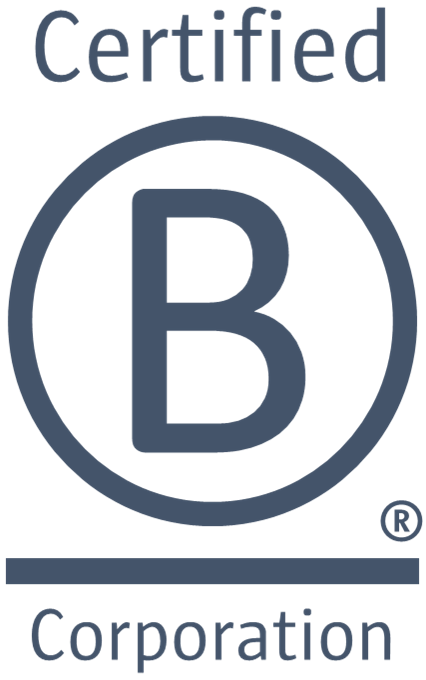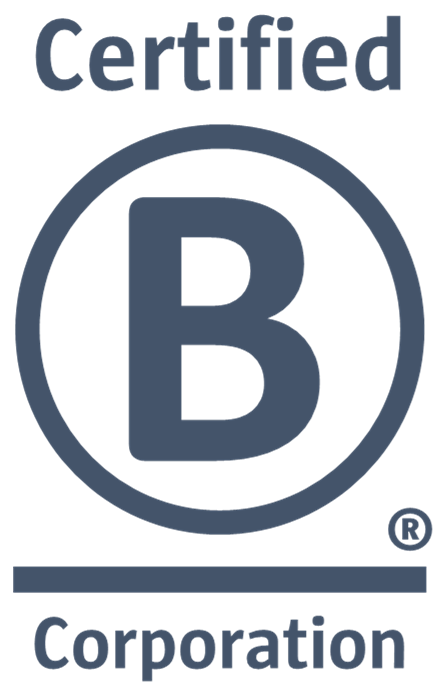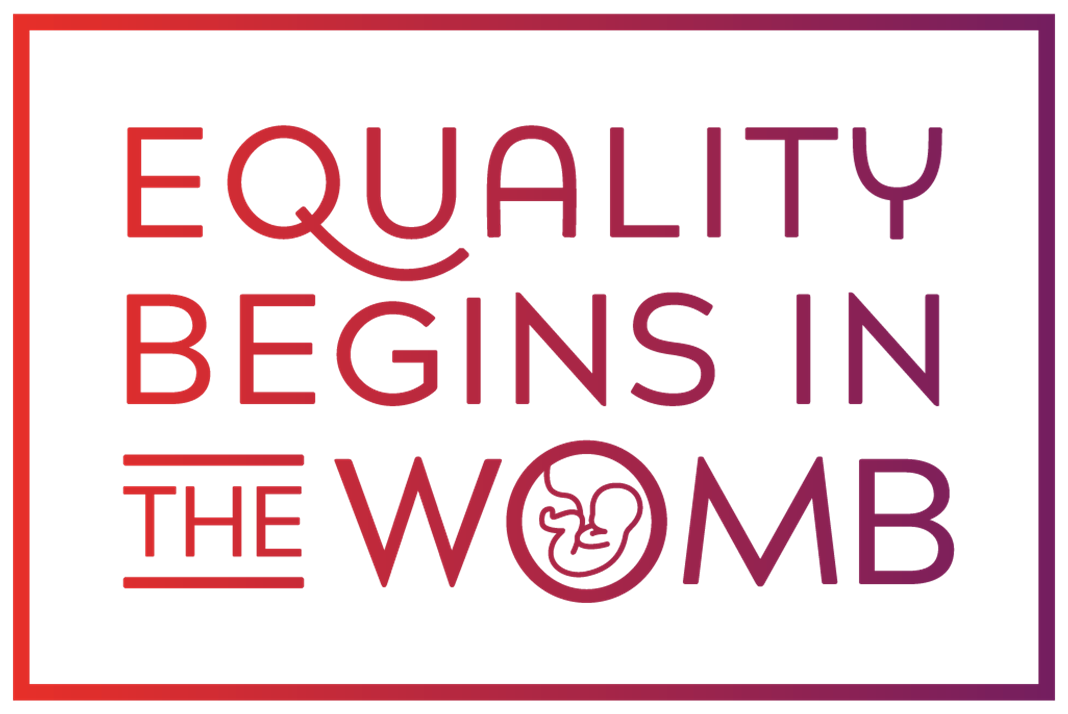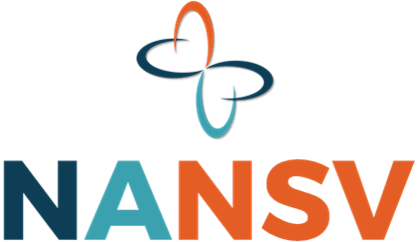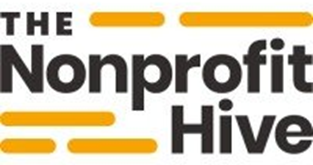RCA is for everyone... whether you're a non-profit, government, or business, it's an essential tool for finding long-term solutions to your organization's most pressing performance problems.
What's Beneath Your Organization's Challenges?
Finding and Fixing Root Causes is Essential to Lasting Success

Many organizations have recurring performance problems, struggling to meet their goals or sustain the results they've attained. Leaders try hard to explain and address the obstacles, searching for answers and trying different things that may seem to work for a while, but the issues just won't go away. After a while, things seem to be at an impasse. It's frustrating, and the inability to find lasting solutions impacts program effectiveness, product and service quality, delivery timeliness, and other factors that lead to missed targets and sub-optimal outcomes. In some cases, the effects ultimately hit the "bottom line" so hard they're an existential threat.
These situations, fortunately, are not at all hopeless. If you find yourself in such a predicament, turn to Root Cause Analysis (RCA). It's your "microscope" to look in depth at your organization, explore what's beneath the surface, and pinpoint the real reasons you've been unable to overcome your challenges. Employing a methodical approach and continuously asking "why" uncovers the often complex layers of the problem and find out where they start. RCA helps you see patterns, connect causes and effects and, ultimately, learn and address what's kicking off the "chain of events" that prevent you from achieving and sustaining desired performance.
Surface vs. Root Causes: Symptomatic or Systemic?
Distinguishing between surface and root causes is essential for effective problem-solving within organizations. The most readily visible issues are often mistaken for the primary problems. While recognizing them is valuable and allows organizations to make important "quick fixes," any performance improvements subsequently realized are only short-term. That's because they're really just "symptoms," and there are deeper, systemic challenges that produce them. It's a bit like an iceberg (hence the picture)—while the tip can be easily seen, its true size and impacts lie below the water line. Even if the top melts, the dangers lurking beneath don't go away.
Treating symptoms matters, but if organizations fail to address what's causing them in the first place they won't find lasting solutions to their problems. Instead, they'll find themselves in a repeating cycle in which they're constantly in "repair mode" while the same performance issues keep coming back. The longer the cycle continues—perpetually changing structures, processes, and practices without tangible improvements—the more organizations waste resources, negatively impact workplace morale, and frustrate stakeholders. In addition, the constant disruptions can eventually become counter-productive when it comes to results.
Laying the Foundation: The Collective "First Take"
Clearly defining the problem, context, and particulars is the first step in finding lasting solutions organizational challenges. This isn't a "one person job." It needs to be a focused, collaborative effort involving key stakeholders with relevant knowledge from different vantage points. Working together, they can clearly and logically describe the situation, for example the:
- Problem—Where are we missing our targets (or where are we at risk)?
- Conditions—What's happening externally that may be affecting performance?
- Processes—What are the key workflows that lead up to the outcomes?
- People—Who (departments, staff members, etc.) is involved?
- Technologies—What systems, software, etc. are integral to the processes?
Taking the time to articulate the situation as a team paints a rich, detailed picture of the issue at hand. Moreover, it creates an environment of open communication and cooperation by encouraging participations to share their unique insights and experiences. This is essential as organizations use RCA to get to their problems' true causes and find effective solutions.
Asking "Why": Unveiling Layers of Causes
As we said earlier, RCA continuously raises the simple question: "Why?" Each time it's asked, another layer of causes in revealed until the root is exposed. You're effectively investigating a mystery here, and this requires systematic inquiry—continuous, iterative identification of cause-and-effect relationships—drawing upon the knowledge and ingenuity of key team members. After a while, you may feel like annoying toddlers asking "why, why, why?" But don't stop asking, because every time you press the point and get honest, objective answers, you're finding a breadcrumb that help keep you on the right trail to the origin of the problem.
Here's a simple flow of the RCA thought process (no, it's probably not going to be this easy). Keep in mind, causes can be things happening outside the organiztaion (e.g., economic, political) or inside (e.g., workflows, division or even individual performance issues, technology tools or lack thereof). That's why multiple perspectives matter, and so does being objective and forthright.

This iterative "why" process finds the "becauses" at every level down to the root cause. Seeing the intricate web of factors contributing to the problem allows short-term actions to get back on track—for the moment. And, the collaborative "assess-and-address" dialogue RCA requires helps build a continuous improvement culture that helps fight the fires that seem to all-to-frequently emerge. When you find the root cause—the start of the "chain of events"—the ability to have these team interactions is critical to designing and implementing integrated, transformational change that eliminates the kindling and prevents the sparks that start the fires to begin with.
Finding Solutions: Quick Fixes and Sustainable Change
Every organization wants to resolve performance problems right away—no waiting, improve now! That's completely understandable. They can't afford to leave bottom line results as they are for long. After all, lives are affected, constituents don't get what they need, and customers stop buying! So, they go for quick fixes, perhaps "transitioning out" employees, modifying a policy, or tweaking a process here and there to address immediate issues. It makes sense. They do what's needed to better deliver what people need and want, today. However, if that's all they do, the effects won't last. The real issues still exist, and the problem will come back.
As noted above, constant changes to "solve" the same problem leads to frequent disruptions, and make employees uncomfortable and indifferent or resistant to the next attempts. At some point, you have to deal with what's driving the need for continuous short-term "maintenance." Sooner or later, the "fix it now" mindset has to evolve from simply treating symptoms to orchestrating transformational change that eliminates them altogether. This requires a srategic approach that gets at the root causes you identified through the RCA process. You have the information. Now, act on it to get and maintain the high levels of performance you want.
There are often different ways to address root causes—new policies, completely re-engineered processes, formal standards and accountabilites, more powerful controls, redesigned structures, modernized technologies, staff realigment and transition, etc.—which may be used alone or in combination to attack the problem at its core. Underlying all of these things are organizational cultures and sub-cultures. Either the solution(s) fit them, or they have to change. Often, they are either part of or they exacerbate the root cause. Transformation can't happen if changes don't stick. That's another great reason for a collaborative process. People care for what they "own."
Summary: Collaborative RCA Powers Real Change
Both the short-term benefits and transformative power of RCA are clear. RCA can enable you to not just survive but
thrive.
And, the collaborative approach it demands leads to continuous improvement by empowering your people to participate in and take ownership of both quick wins and dynamic, long-term change. RCA gives your team the ability to work together to address performance problems today, make them disappear altogether over time, and prevent them from coming back later. It's a huge umbrella to get through the storms that seem to keep cropping up and, as you resolve the root causes, you'll alter the pattern and bring in fair skies.

Get Started: What You Should Do Today
Interested in employing RCA to take your organization's problem-solving to the next level? Here are five steps you can take to address whatever's bothering you:
- Gather your team—Bring in leaders and subject matter experts (SMEs) from all corners of your organization, even from areas that don't immediately seem to be part of the problem.
- Articulate the situation—Define the outcomes you want and start piecing together what's involved in achieving them, both from an internal and external perspective.
- Collect data—Assemble the numbers... data will help identify issues and patterns within and across what contributes to the outcomes, informing the dialogue.
- Start aksing "why"—Hold facilitated RCA sessions, starting at the surface and working down until there are no more answers to the question... the root cause(s) of the problem
- Iteratively solve—As you progress through the layers, identify things you can do right now to respond to the problem, while keeping your focus on systemic transformation.
If you want to learn more about RCA and how you can use it, contact us today. We'll give you a free consultation, listening to your challenges and providing our insights.
We have a few humble requests for our readers. Please:
- Liberally share this post with your colleagues and peers, your bosses and subordinate staff, your friends... anyone you think might be interested (see links up top)
- Give us your feedback on this post and any others on The Snowbank, including your thoughts, experiences with the topic at hand, etc.
- If you have questions about RCA and how to get started, please contact us by clicking on the button below and we'll set up some time to talk
Read Other Posts












